Description
Epenarra – Pammy Foster
“When you go out bush you see all different flowers. You can pick them and smell them – some of them smell very nice.”
Epenarra artist Pammy Foster uses bright colours to capture the landscape of the Davenport Ranges, Pammy builds textures with layers of paint, alluding to the rocky nature of the landscape, densely grouped green trees and flowering bushes cover the canvas suggesting the work shows the land in the rainy season.
Wutunugurra (Epenarra) is described by the Indigenous people as Hill Country, it is nestled in the foot of Iytwelepenty (the Davenport Ranges National Park). The area is home to the popular camping sites of Whistleduck Creek and Policeman Waterhole and a unique variety of birds, insects and bush medicine.
Pammy Foster is a Waramungu and Alyawarr woman born in Tennant Creek and raised between Ampilatwatja and Wutunugurra (Epenarra). She began painting from an early age, learning from her aunt Susie Peterson and her grandmother Jessie Peterson, both well-known artists from Wutunugurra. Pammy paints intricate pieces depicting the bush plants and landscapes of the Wutunugurra region. She is a devoted artist who will finesse a canvas until she is completely satisfied with her work, resulting in highly detailed and layered pieces
Seven Sisters – Khatija Possum
The Dreamtime story of the Seven Sisters is retold in this beautiful illustration from artist Khatija Possum.
In the Dreamtime a group of seven Napaltjarri women were being pursued by a Jakamarra man called Jilbi. He had been sitting in a cave at irlkirdi practising love magic by cutting off his long hair and weaving it by hand onto a wooden spindle, then performing songs and dances which people from far off could hear. Often he would entice young women to come to his cave and live with him. Jakamarra men were very proud of their successes when they practised this magic, and spent much time boasting among themselves about their prowess.
The seven women had no intention of sleeping with the Jakamarra man and ran away from him, journeying a long way across the desert until they were too tired and hungry to go any further. They sat down at Uluru to search for honey ants, then when they saw Jilbi approaching went to a place called Kurlunyalimpa, and changed themselves into seven fires.
With the help of spirits at Uluru, they went up into the sky to become stars. Ever since then they can be seen as a cluster of seven stars in the constellation Taurus, known as the Pleiades. Jilbi transformed himself into the Morning Star in Orion’s belt, and continues to chase the Pleiades across the sky.
For Khatija Possum, painting is in her blood. A descendant of the famous Clifford Possum Tjapaltjarri, Khatija has paved her own way and made a name for herself in the art world. Born in 1989 in Alice Springs in the Northern Territory, she has been deeply influenced by her grandfather, Clifford Possum, and her mother, Michelle Possum Nungurrayi’s artwork. When Khatija was nine, her mother began to paint again and it was at this time that Khatija fell in love with her mother’s work and indeed painting. Through observing and assisting her mother Khatija learnt to paint. It is this process that highlights the importance of art in keeping culture alive as stories and skills are passed from one generation to the next.
As a mother herself, the importance of keeping her cultural heritage strong is of great consequence. Khatija currently lives with her partner John and three children in Adelaide.
Women’s Dreaming – Khatija Possum
The Women’s Dreaming paintings by Khatija Possum depicts Women’s ceremonial sites surrounding Tjukurla in the western desert of Central Australia – traditional homelands to the artist’s great grandmother. Ceremonial sites carry a deep spiritual meaning, and it is where the women narrate their sacred Aboriginal dreamtime stories, through song lines, dance cycles and body paint.
This painting has many secret and sacred landmarks and iconography but also includes the important fire, bush tucker and waterholes that are imperative to the women as the ceremonies can last for over a week.
Though primarily a landscape painting Khatija has surpassed the basic stories and landmarks and has expanded this art of body painting and ceremonial themes into a classic contemporary composition, using modern acrylic paints.
For Khatija Possum, painting is in her blood. A descendant of the famous Clifford Possum Tjapaltjarri, Khatija has paved her own way and made a name for herself in the art world. Born in 1989 in Alice Springs in the Northern Territory, she has been deeply influenced by her grandfather, Clifford Possum, and her mother, Michelle Possum Nungurrayi artwork. When Khatija was nine, her mother began to paint again and it was at this time that Khatija fell in love with her mother’s work and indeed painting. Through observing and assisting her mother Khatija learnt to paint. It is this process that highlights the importance of art in keeping culture alive as stories and skills are passed from one generation to the next.
As a mother herself, the importance of keeping her cultural heritage strong is of great consequence. Khatija currently lives with her partner John and three children in Adelaide.
Michelle Possum Nungurrayi
The Dreamings that Michelle Possum paints come from Yuelamu on her home country at Mt Allan. These include the stories of Seven Sisters Dreaming, Bush Tucker stories including Seed Dreaming, Bush Coconut, Fire Dreaming, Goanna Dreaming, and Grandmother’s Country, many of which she combines together in complex interwoven designs.
Mainly depicting the overview of maps of traditional Country from her family lands, Michelle describes the many important cultural sites she knows well. Her paintings have gained wide popularity partly due to the fact that as we come to understand the iconography, the paintings make fascinating narratives for a western audience. They are populated not only with plants and food resources and waterholes, but also with people sitting in the landscape – men with hunting implements and women with digging sticks and coolamons.
In addition to sacred landmarks and iconography, MIchelle’s artwork includes important bush tucker and waterholes, making a meaningful connection to modern kitchens, the source of such provisions.
Michelle Possum was born at Napperby Station, Northwest of Alice Springs in the Northern Territory. She was taught to paint by her father Clifford Possum Tjapaltjarri. Clifford is the most renowned painter of the founding group of Papunya artists.
Michelle’s work has a strong connection to her father, family and land. Her paintings can incorporate strong figurative elements as well as important topography relating to her family’s country, such as the abundance of food and water.
Bush Medicine Water Bottle – Annette Nungala Peterson
“This painting shows bush medicine after summer rain, and all the little dots represent stones and seeds. When rain time comes flowers grow again.”
Bush Medicine is a subject Annette Nungala Peterson returns to repeatedly in her painting, knowledge of bush medicine is taken very seriously in Indigenous culture and is often held by women. The science of bush medicine involves relationships with the Country, family, and a healthy way of life inherited by ancestors.
Annette Nungala Peterson was born at Neutral Junction Station in 1968, between Alice Springs and Tennant Creek. She speaks Alyawarr and Kaytetye languages as well as English. Annette works at the Epenarra School where she dedicates her time to teaching language and culture to young ones.
Annette started painting as a young girl and has re-invigorated this practice in recent years. Her subject matter varies between bush foods and the landscapes around Neutral Junction, which she paints with a rich and vibrant palette in her signature patchwork style.


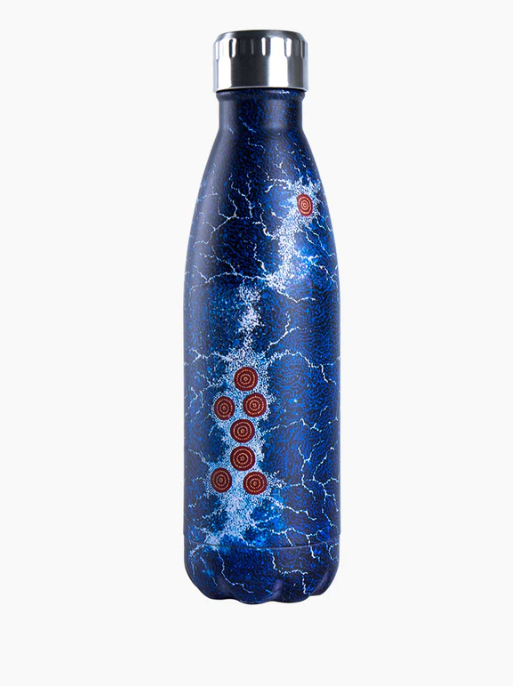
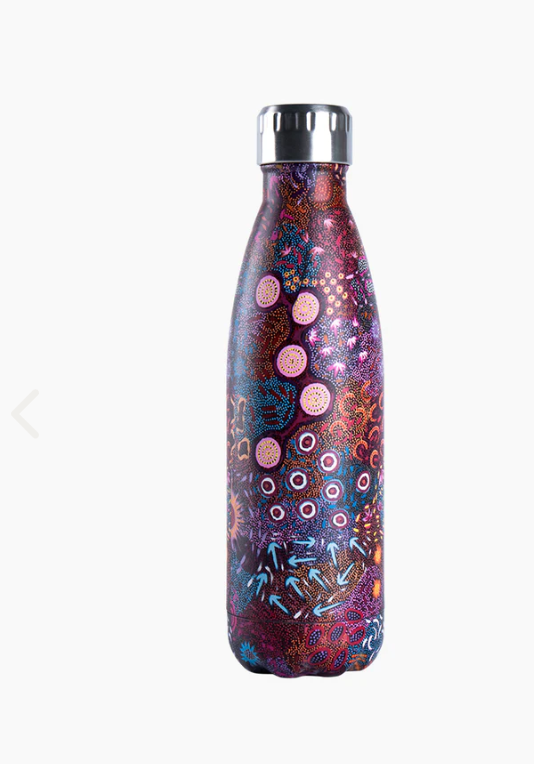
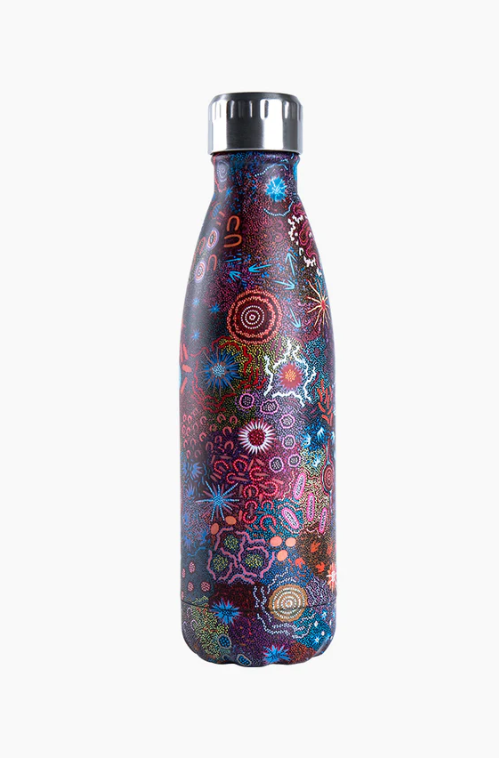
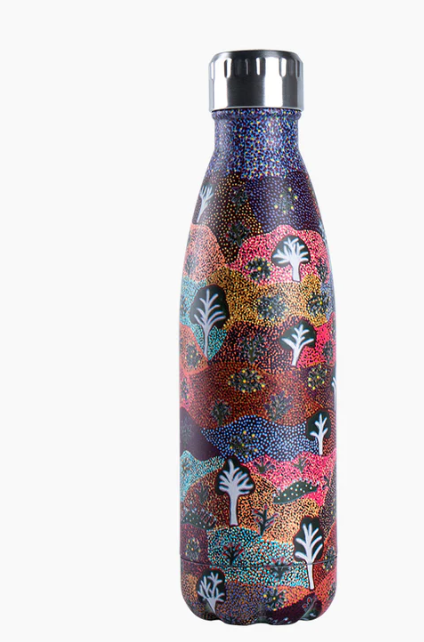
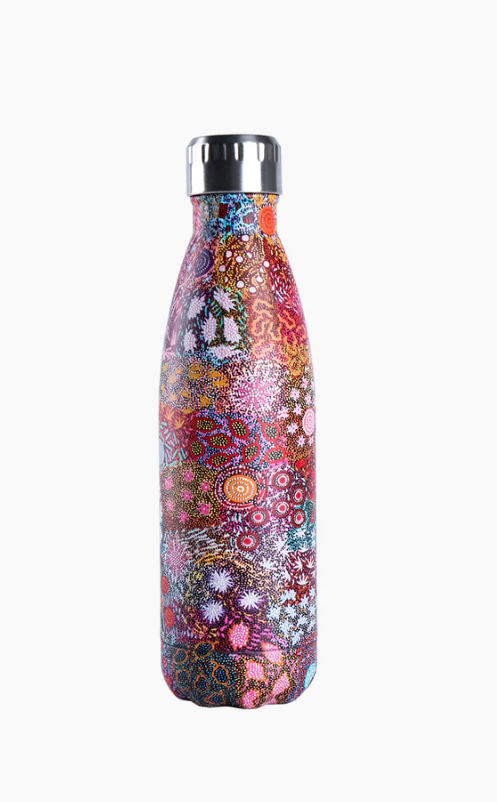
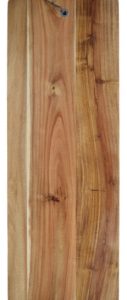
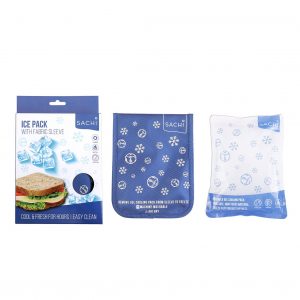
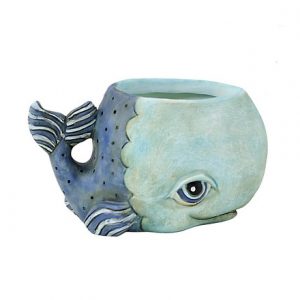

Reviews
There are no reviews yet.